#phylums
Explore tagged Tumblr posts
Text
Psst. Hey. Y'all should totally vote for the Mollusc of the Year awards, which are currently open at the moment: the winning species will have its genome sequenced for free, which greatly helps out the scientists studying it. Here are this year's candidates:
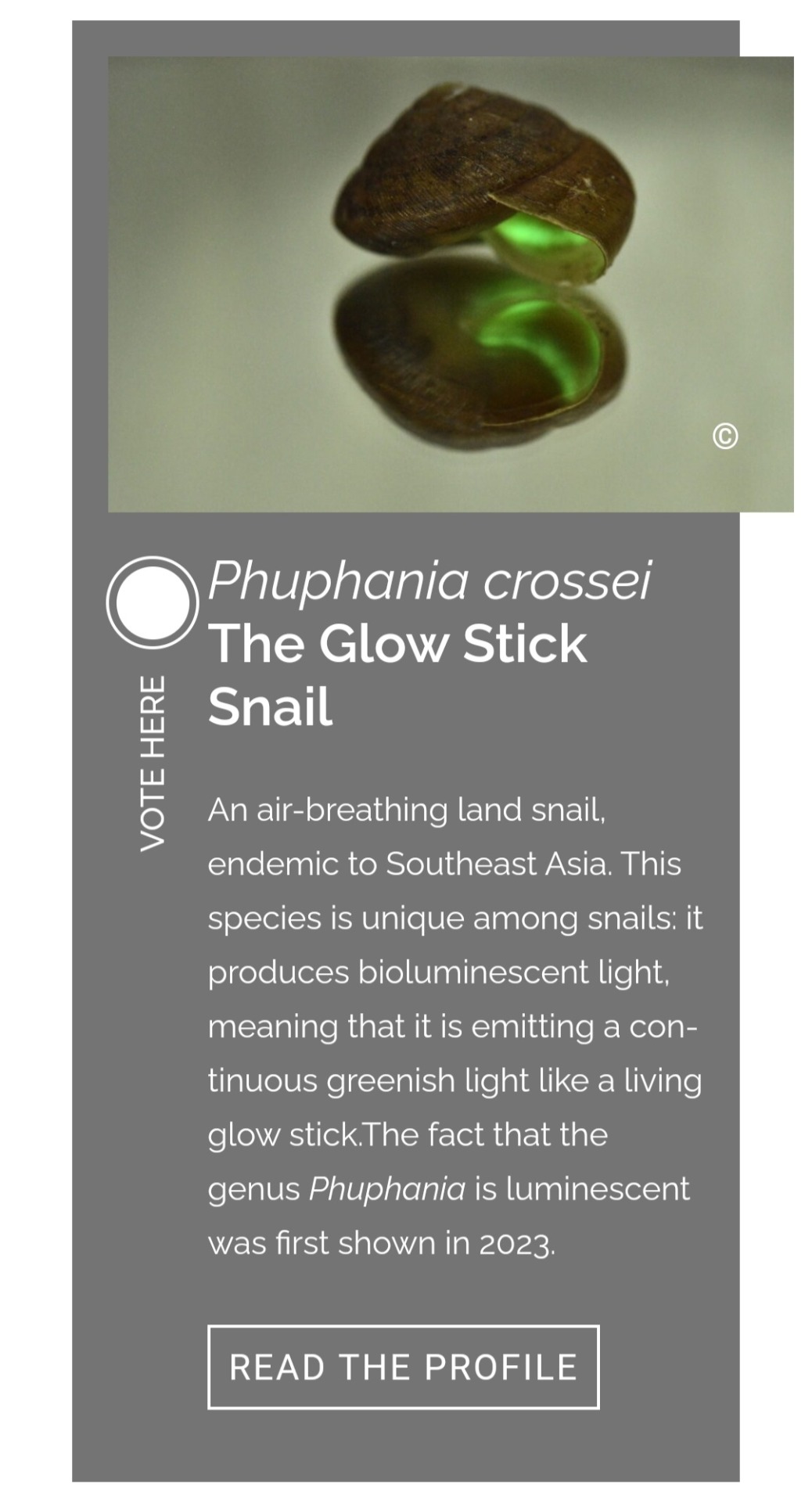
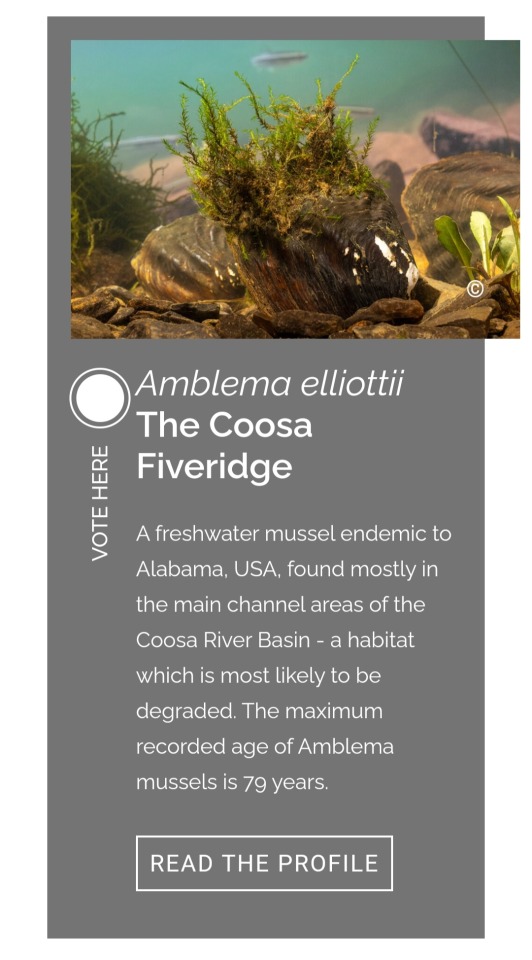
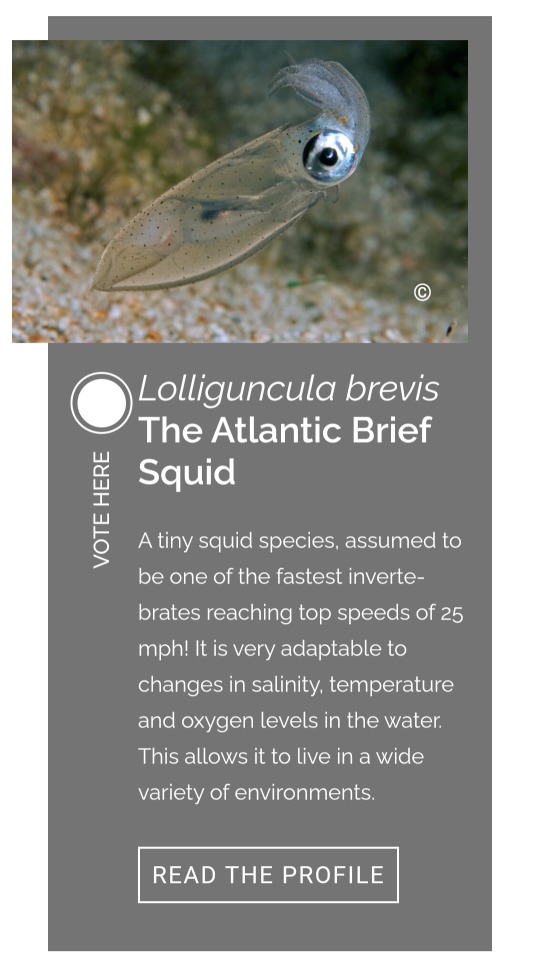
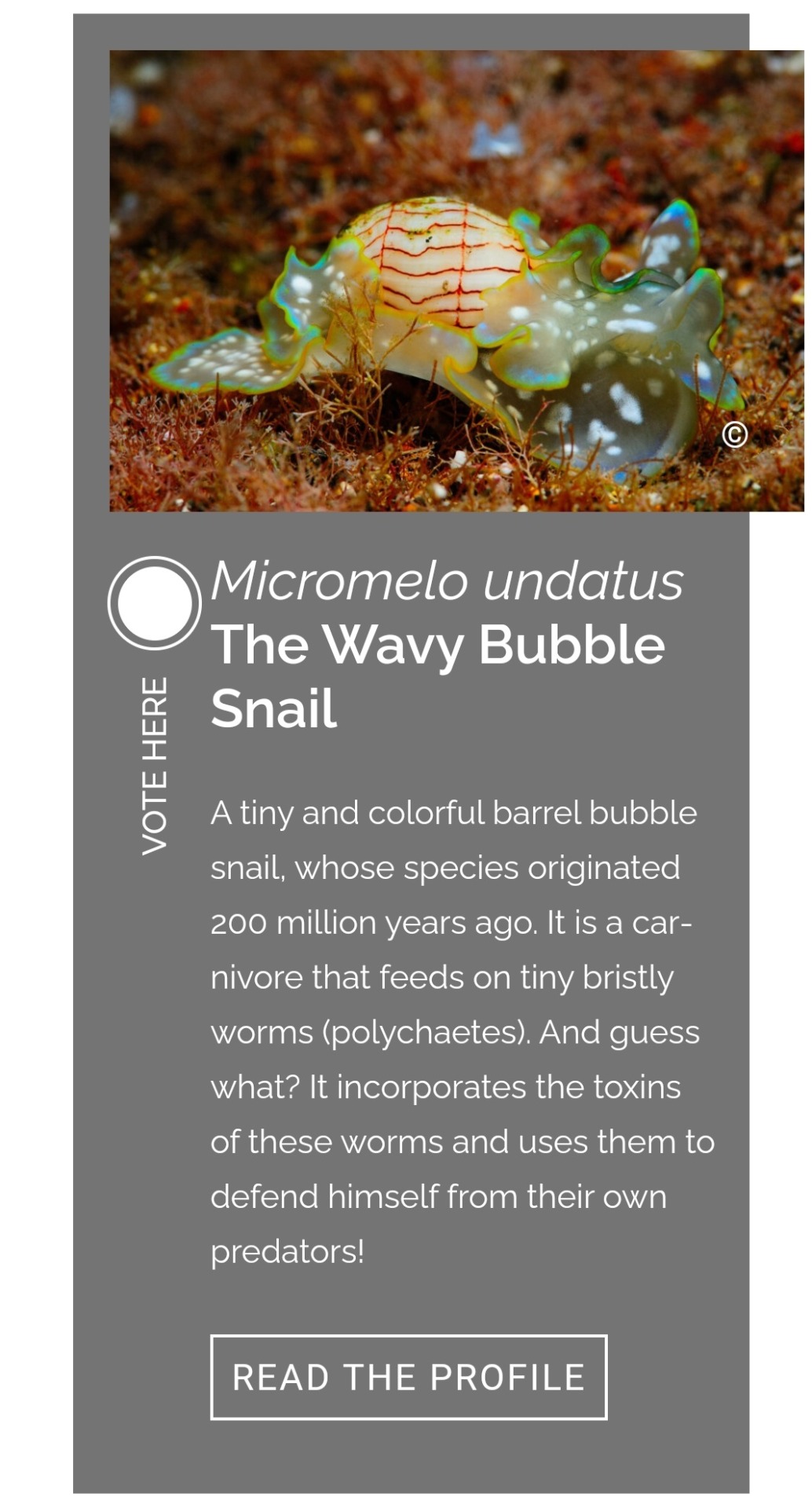

All of these guys are really cool, understudied invertevbrates, so spread the word! Its totally free, and you get to learn more about a bunch of cute underrated little guys
#molluscs#phylum mollusca#invertebrates#bugs#squid#snail#mussel#mollusc of the year#heard about it in invert bio class and had to share#i voted for the bioluminescent snail :)
757 notes
·
View notes
Text
Phylum Final Round!

For the Phylum Level Champion!
Reminder: This is the final PHYLUM round. Winner goes on to classes!
Magnoliophyta (aka angiosperms, flowering plants): A large, diverse phylum with over 300,000 known species. Two of the more well-known sub-divisions are monocots (including grains, onion-like plants, and irises and lilies) and eudicots (including most leafy trees, a wide variety of flowers such as sunflowers and roses, and many food plants from coffee to cabbages.)
Bryophyta (aka mosses): Small but mighty, and among the most ancient of land plants. 95% of all moss species are in the class Bryopsida, while Sphagnopsida contains the bog-loving peat mosses.
#magnoliophyta#bryophyta#plant taxonomy showdown#battle of the plants#phylum final round#phylum#plant bracket#tumblr bracket#bracket tournament#poll bracket
487 notes
·
View notes
Text
Phylum Round 3

Annelida: Segmented Worms. This group includes earthworms, leeches, and many classes under the umbrella of “polychaete”. This diverse phylum encompasses deposit feeders (eating dirt), detritivores, scavengers, deadly ambush predators, filter feeders, parasites, herbivores, and more. They are broadly defined by their repeating body segments and parapodia, which are nubby appendages used for both movement and breathing. Some have curved jaws for catching prey or scraping detritus off of rocks, while others have wide, elaborate, brightly colored feather-like fans for filter feeding. While able to crawl freely, a majority of marine Annelids spend most of their time in self-built tubes or burrows. Among their many important functions, they play a key role in mixing soil/sediment, breaking down decaying organic matter, and providing a key food source to countless other animals.
Cnidaria: Jellyfish, anemones, corals, box jellies, and hydroids. They have a gelatinous body with radial symmetry, a decentralized nervous system, and tentacles surrounding a simple mouth. The defining feature of this phylum are their cnidocytes, or stinging cells. There are two different body plans of the Cnidaria; an immobile “polyp” attached to a surface, or a free-living “medusa” which can swim or drift in the water column. Many polyp Cnidarians, such as corals, live in colonies. Some corals build reefs which serve as habitat for other animals. Free-living medusa Cnidarians must return to the seafloor in a polyp-like stage as a part of their life cycle.
#annelida#cnidaria#animal bracket#tumblr bracket#bracket tournament#poll bracket#phylum round 3#phylum#begging on my knees for annelids rn sorry I am so biased#world's best most beloved worms
336 notes
·
View notes
Text
Round 1 - Phylum Tardigrada
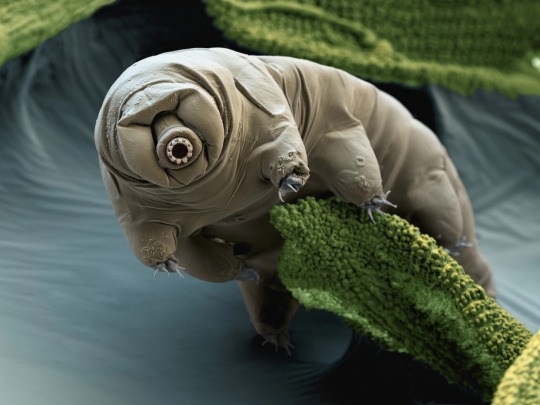
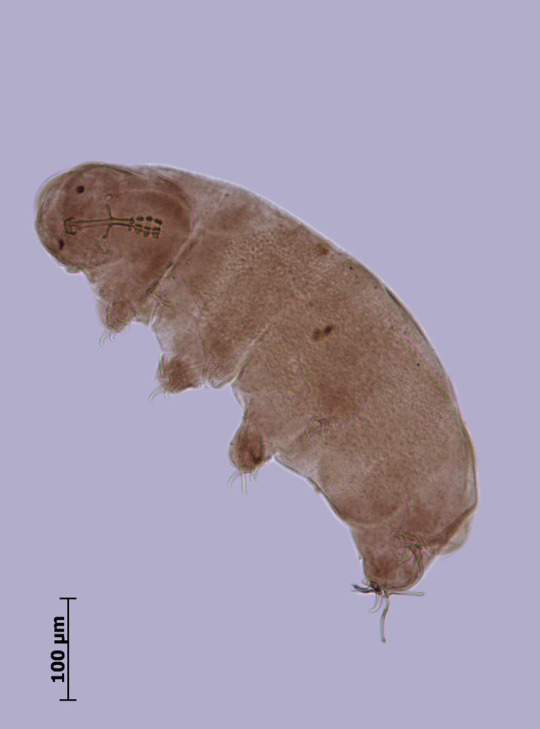


(Source - 1, 2, 3, 4)
The phylum Tardigrada comprises eight-legged, segmented, microscopic animals commonly known as Water Bears or Moss Piglets.
Tardigrades have been found in many different ecosystems, from mountaintops to the deep sea to the Antarctic. They are known for their extreme resilience, being able to survive extreme temperatures and pressures, air deprivation, radiation, dehydration, starvation, and even exposure to outer space. However, they prefer to just live in mosses, lichens, and sediments, munching away on plant cells, algae, bacteria, or small invertebrates (including smaller tardigrade species; that’s not cannibalism btw, plenty of chordates eat other chordate species!) They are not considered extremophiles though, as they are not adapted to exploit extreme environments, only to endure them. They do this by going dormant in harsh environments, for up to 30 years, only to rehydrate and continue living when conditions are safer!
Tardigrades are usually about 0.5 mm long when fully grown, with the largest species reaching up to 1.5 mm. They are short and plump, with barrel-shaped bodies and eight legs, each ending in claws or suction disks. Their backwards-facing hind legs allow them to move in reverse when needed. Like arthropods, they have a cuticle exoskeleton which needs to be molted as the animal grows. They feed using a pair of stylets within their tubular mouth, which they use to pierce their food and suck out the contents. These stylets are lost when the tardigrade molts, so they must secrete a new pair each molt. Some species only defecate when they molt, leaving behind both feces and a shed exoskeleton. They have a large brain for their size, and sense the world via sensory bristles, and some species also have pigment-cup eyes. There are both males and females, with females being larger and more common. Males will gather around a female to court her. Most species have external fertilization, with eggs being laid within a shed cuticle by the female and then fertilized by the male. They can live from several months up to two years, depending on species.
There are two main groups of tardigrades, the Eutardigrades which are the more chubby, suction-cup-fingered ones and the Heterotardigrades, which are the armoured, clawed ones. The oldest known modern tardigrades have been found in Cretaceous amber, but their phylum likely emerged in the Cambrian.

Propaganda under the cut:
I mean… they’re freakin tardigrades. They’re cute. They look like mini Catbusses. This is probably the only microscopic animal for which this many plush toys exist.
“Tardigrada” means “slow steppers”
One species, Echiniscoides wyethi, lives on barnacles.
Tardigrades are relatively common and easy to see with a microscope, making them good subjects for budding microbiologists to study. They can also be kept as pets on a piece of moss, regularly checked via microscope.
They don’t actually like all the extreme environment stuff. Stop putting them in space. Let them chill.
116 notes
·
View notes
Text
"You have been listening to Doctor Who: The Eighth Doctor Adventures: The Time War: Uncharted: Reflections: Nowhere Never."
Big Finish accidentally dumped way too many titles and sub-titles on this one series. Every episode has an entire taxonomic classification.
68 notes
·
View notes
Note
if you ever want to dip your toes into the more creepy side, in the episode "a health of information" a disease called swamp fever apparently turns living ponies into trees!! it always freaked me out, and since it was in the later seasons, it just wasn't developed upon (of course :P) there's a screenshot of one of the doctor ponies holding up a book that shows the cycle of transformation-- the stage where they've still got limb-like roots is so so creepy!!

HEY WHAT???? HEY WHAT. WHAT THE HECK IS THIS
#ask#a health of information#oohhogh the bees are immune to a disease that affects ponies!#YEAH THATS HOW DISEASES WORK#VERY FEW ARE ACTUALLY TRANSMISSABLE BETWEEN SPECIES#MUCH LESS BETWEEN PHYLUMS!!?!?!?!??!?!??!#ssg swamp fever
192 notes
·
View notes
Text
I know I have made multiple jokes/shitposts about it....


But holy shit does Romina's stinger, and how it looks both extended and retracted look kinda erotic. Or am I actually reaching the delusional portion of long term sleep deprivation?
#I have not ever been into something even close to Romina's phylum#I prefer my reptiliian/draconic monsters#but I guess Romina is just built that different#modeus's autistic ramblings#elden ring#shadow of the erdtree#romina saint of the bud
71 notes
·
View notes
Text
Spirochaetota vs. Abditibacteriota
Spirochaetota propaganda here
Abditibacteriota propaganda here
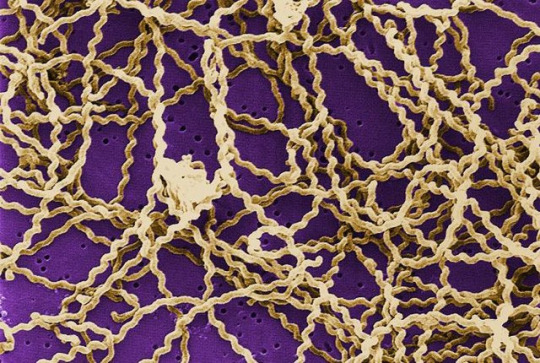
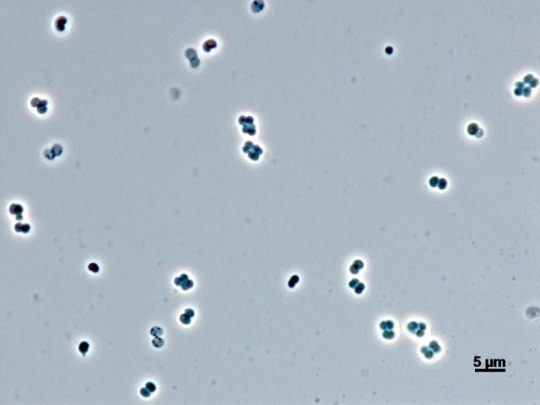
86 notes
·
View notes
Text

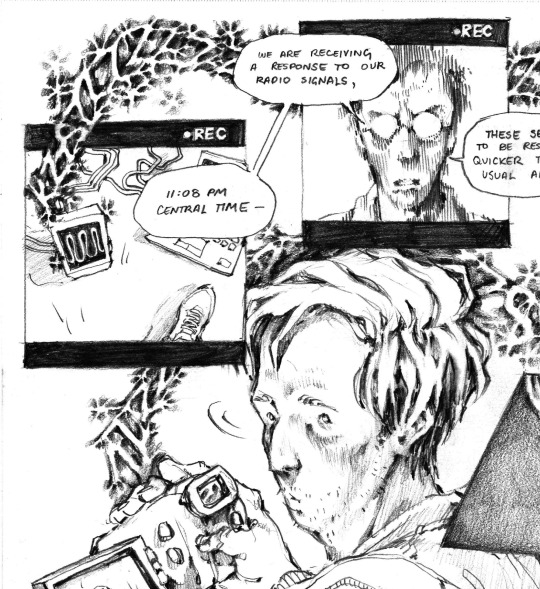


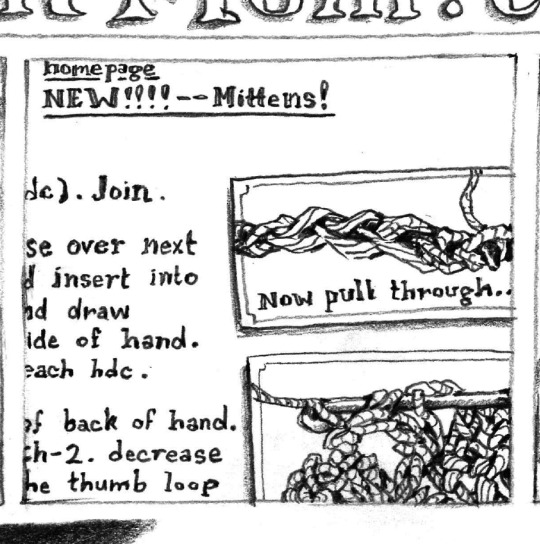


Been working on my comic X-PHYLUM the past summer-- read the introduction for $5 here!
If you've followed me for a while you've probably seen these characters before yeaaars ago, and with a whole different vibe. Two friends bond over their alien activity nights, and Cosmin wakes up from one of those nights to find Allen missing. Strange things begin to occur......
41 notes
·
View notes
Text
So it turns out an entire phylum of animal, totally unlike any other, was supposedly found in salt flats in the late 1800s by a single scientist, but no one has been able to confirm it
Sadly, it is completely possible that a phylum might have only one living species living in an environment as specialized as salt flats, and that it could be extinct by now :(
30 notes
·
View notes
Text

dnd character angst?? waow,,,
was inspired by my friend's epilogue comic they're making for this guy's campaign and now i can digital paint again yippeeee
throwing in some random doodles as well bcs i love my goo man <3 vv




#dnd#dungeons and dragons#paladin#plasmoid#my ocs#phylum myxomycota#eggdoodles#dnd character#digital art#digital painting#artists on tumblr
9 notes
·
View notes
Text
Introducing Life, One Phylum at a Time
Welcome to Forms and Phyla! Each day, a short presentation of one of the animal kingdom's 32 described phyla, highlighting its diversity and uniqueness!
Watch the tree of life - and the blog's profile picture - light up before your eyes, as a new facet of animal diversity is revealed each time!
Click here for the latest post (Gastrotricha, the hairybellies), or see below for the list of posts!
Ctenophora
Porifera
Placozoa
Cnidaria
Xenacoelomorpha
Echinodermata
Hemichordata
Chordata
Loricifera
Kinorhyncha
Priapulida
Nematoda
Nematomorpha
Tardigrada
Arthropoda
Onychophora
Chaetognatha
Rotifera
Micrognathozoa
Gnathostomulida
Mollusca
Entoprocta
Gastrotricha
103 notes
·
View notes
Text
Phylum Semi-Finals

Big Spiky Things vs Little Soft Things
Pinophyta (conifers) fun fact: Giant sequoias, Sequoiadendron giganteum, can grow over 300 feet tall, 30 feet in diameter, and live for over 3,000 years. They are the world's largest trees.
Bryophyta (mosses) fun fact: Mosses in the Sphagnum genus can hold 16-26 times as much water as their dry weight.
#pinophyta#bryophyta#plant taxonomy showdown#battle of the plants#phylum round 3#phylum#plant bracket#tumblr bracket#bracket tournament#poll bracket#phylum semi-finals
150 notes
·
View notes
Text
Phylum Round 1
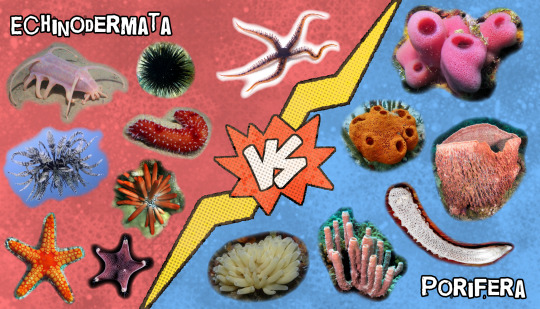
Echinodermata: Sea urchins, sea stars, sea cucumbers, brittle stars, and feather stars. This widespread phylum can be found near every continent, including Antarctica, where they are particularly dominant. They are distinctive for their radially symmetrical body and skeleton located between the outer skin and inner body cavity. They move by hydraulic power using a "water vascular system" which pumps water throughout their body. Hundreds of tube feet extend and retract using this system, allowing them to crawl on the seafloor. These organisms play important roles in the food chain of their habitats, like sea urchins grazing in kelp forests.
Porifera: Sponges. One of the oldest forms of animal life on Earth, Porifera represents an evolutionary transition to multicellular life. Their bodies are made up many individual cells, rather than having true tissues, but these cells work together as one organism. By beating specialized flagella (whip-like structures), Sponges create a water current through their many pores, so they may filter feed while living on the seafloor. Various species have developed unique adaptations, such as an internal skeleton of spikes, symbiosis with photosynthesizers, or potent toxins to ward off predators. Many Sponges produce unusual chemical compounds that may be useful to medical research.
#echinodermata#porifera#animal bracket#tumblr bracket#bracket tournament#poll bracket#phylum round 1#phylum
439 notes
·
View notes
Text
Why are people voting hate at the phylum level btw? Like I know I put the option there but, you really hate every single animal in this phylum? All 40,000 species? There’s not a single one you just feel neutral about?
#You should be voting according to your favorite species in that phylum not how you feel about the phylum as a whole#That’s how this round is supposed to work#extras
78 notes
·
View notes
Note
Snails are such goop (affectionate)
Really just some wet slop of an animal
29 notes
·
View notes